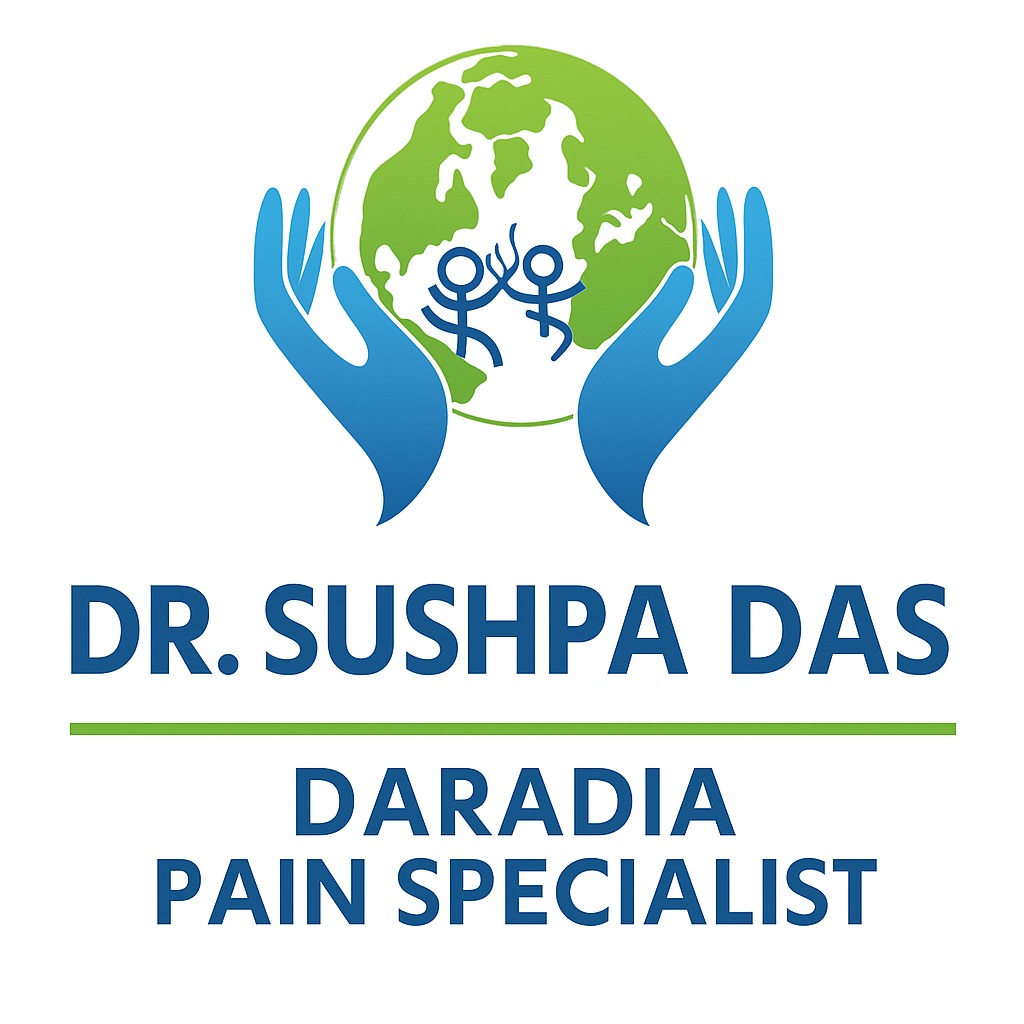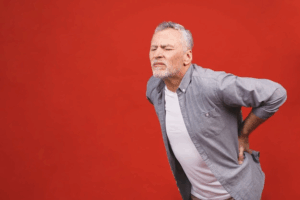Chronic back pain is a common issue affecting people globally. Living with back pain means daily struggles, fighting morning stiffness and evening exhaustion. It shadows every step, making simple tasks feel demanding, and it can affect mental health and work life. To handle this challenge well, understanding is the first step toward better management.
Awareness helps individuals spot signs early and seek treatments wisely. Chronic back pain arises from many causes, each needing careful attention for effective recovery. Knowing what contributes to these issues aids in finding relief and understanding solutions that work.
Addressing its impacts involves recognizing how it changes the way we live. Back pain limits movement, decreases freedom, and brings emotional burdens. Understanding these effects promotes empathy and encourages finding lasting ways to manage or relieve symptoms.
Introduction to Chronic Back Pain
Chronic back pain is a condition where pain sticks around for months.
It is different from pain that comes and goes quickly or suddenly.
In India, many people suffer from chronic back pain due to various reasons. Work habits and lifestyle choices often contribute to this widespread issue. Spinal problems are common, making them big health concerns needing attention.
Everyday tasks become hard when simple movements cause serious discomfort.
It affects how people feel, leading to more frustration and unhappiness. These feelings make the physical problem seem even worse, creating a tricky cycle.
Root Causes of Chronic Back Pain
Muscle strains are common causes of ongoing back pain. Unexpected shifts or lifting incorrectly can cause strain and pain. Using correct posture can help avoid these problems.
With age, spinal discs naturally lose flexibility and water content. This degenerative change causes continuing back pain that can vary in severity. Knowledge of this helps in taking preventive steps and consulting doctors in time.
Disorders like arthritis and spine irregularities significantly add to long-term back pain. Arthritis affects joints with swelling, while misaligned spines worsen discomfort. Each requires special care focusing on alignment and reducing pressure.
Identifying Chronic Back Pain Symptoms
Chronic back pain feels like a constant ache or stiffness. Some people may feel sharp pains that come and go regularly. This type of pain sticks around and makes moving tough. Recognizing these symptoms lets you get ahead in managing it.
Sometimes, this pain suggests something more serious happening inside. If you notice numbness, can’t control your bladder, or suddenly lose weight, seek medical help fast to avoid bigger issues.
If the discomfort doesn’t go away with simple actions or gets worse, see a doctor. Early checks and right care help keep chronic pain from taking over your life.
The Intersection of Stress, Mental Health, and Back Pain
Stress can make chronic back pain worse by increasing muscle tightness.
Caring for your mental health can help manage chronic back pain better.
Try mindfulness, therapy, and relaxation techniques to reduce stress symptoms.
Steps for Diagnosing Chronic Back Pain
Understanding where your pain comes from is very important. It helps in recognizing if the pain is from a muscle, nerve, or joint. This understanding assists doctors in creating better treatment plans.
Today’s technology provides great tools to understand what causes back pain. We use X-rays to see bones and MRIs or CT scans for soft tissues. These tools together provide a full picture of what’s going wrong.
Knowing the exact cause is key for planning effective treatments. With this knowledge, doctors can target the treatments directly at the true source of pain, leading to long-lasting relief.
Treatment Options and Holistic Approaches
Exploring chronic back pain treatment options reveals various effective paths. Medications, therapy, and lifestyle changes form the traditional groundwork. Diverse methods ensure minimizing the consumption of drugs to alleviate pain.
Holistic remedies prioritize chronic back pain exercise as central to relief efforts. Exercise strengthens back muscles, promoting ease of movement. Complementing an anti-inflammatory diet aids in managing discomfort efficiently.
Community initiatives bring doctors, therapists, and nutritionists together seamlessly. The teamwork fosters tailored plans, easing different layers of chronic back pain. Together, they provide a well-rounded approach to lasting relief and support.
Alternative Therapies for Enhanced Relief
Chronic back pain relief can come from trying different therapies. Chiropractic care helps align the spine better. Acupuncture uses points to help ease pain symptoms.
Incorporating things like yoga and meditation can really boost chronic back pain management efforts. These practices improve both body and mind for more rounded pain relief.
Many of these treatments have gained support from scientific studies, showing they work well for chronic back pain. This new information helps turn old doubts into informed belief.
Self-Care Habits and Home Remedies
Regular exercises and good posture can ease chronic back pain. Avoid bending wrong when you lift to protect your back. Including stretches into your routine helps reduce daily pain.
Using heat packs provides comfort for chronic back pain relief. Trying herbal methods may also lower discomfort over time. Consistent small efforts can lead to big improvements in how you feel.
Customizing your routines is important to meet your personal needs. Picking the right exercises and remedies results in effective management of your pain.
Nutritional Insights for Managing Chronic Back Pain
Diet plays a key role in managing back pain by reducing inflammation.
Eating foods rich in omega-3s and vitamins is important for pain management. They strengthen your body against inflammation, helping you feel better overall.
Switching to a diet full of fresh fruits, veggies, and lean proteins helps a lot. These changes are simple yet offer great benefits for ease from ongoing discomfort.
Myths about Chronic Back Pain Debunked
Chronic back pain isn’t just for older people; young folks feel it too. Many think resting is a great fix, but staying active is better. Doing specific exercises can help people with chronic back pain recover over time, although the results may vary.
In cities, back pain’s blamed on physical stress or injuries, but it’s not just that. Factors like stress in daily life and mental health affect many urban dwellers significantly. Managing chronic back pain begins by understanding the whole picture beyond just the physical side.
Being aware of effective relief methods helps in making good decisions about your health. Look into options like physical therapy, medications, and changing your lifestyle as needed. Consult professional healthcare providers to learn which treatment will work best for you.
Conclusion: A Path to Pain-Free Living
We explored the ups and downs of chronic back pain and its many impacts. People often misunderstand it, but learning more helps make things better.
Taking charge with smart steps in handling back pain can greatly boost life quality. Knowing what to do gives folks the power to deal with it well.
Look into different treatment options that fit your needs best. Work closely with professionals to tackle personal hurdles right.
Still Struggling with Back Pain?
Don’t let chronic back pain control your life. At Daradia Pain Clinic, we combine advanced pain management with holistic care tailored to your needs.
Expert diagnosis
Drug-free and minimally invasive solutions
Personalized treatment plans
Book your consultation today
Let us help you move freely — and live pain-free.
Daradia Pain Clinic – India’s Pioneer in Pain Management.




